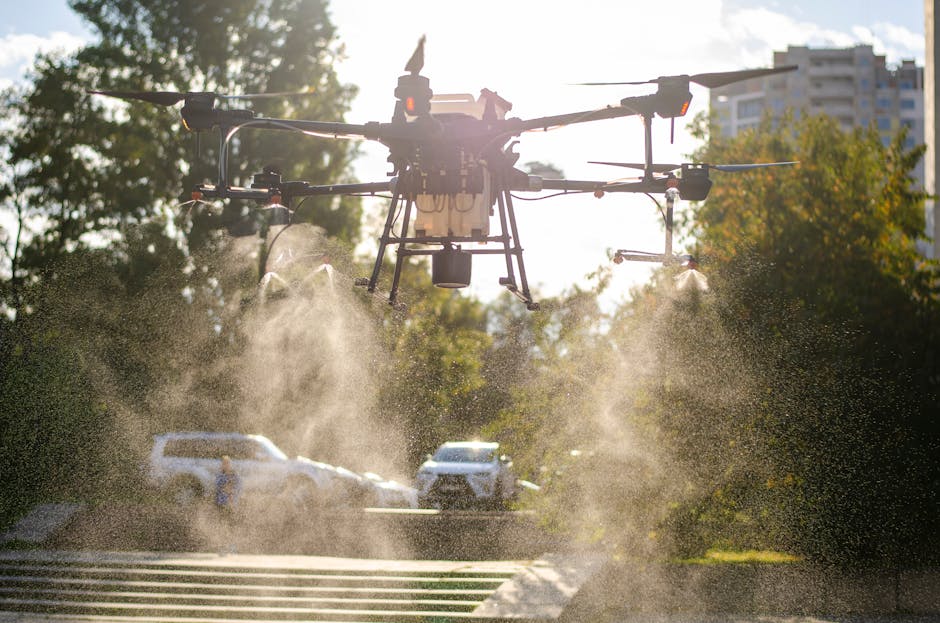The Future of Chicago’s Parks: Sustainability and Innovation
Chicago, known for its stunning skyline and vibrant culture, is also home to an impressive array of parks that offer a green escape from urban life. As cities around the world grapple with climate change and environmental challenges, the future of Chicago’s parks hinges on sustainability and innovation. In this blog post, we’ll explore what lies ahead for these vital green spaces and how they might evolve to better serve both the environment and the community.
Table of Contents
1. Introduction
2. The Importance of Sustainable Parks
3. Innovative Practices in Chicago’s Parks
4. Community Engagement and Education
5. The Role of Technology in Park Management
6. Challenges and Opportunities
7. Conclusion
8. FAQs
The Importance of Sustainable Parks
Chicago’s parks are more than just patches of greenery; they are crucial to the city’s ecosystem and the well-being of its residents. Sustainable parks aim to reduce environmental impact while enhancing biodiversity and providing recreational opportunities. Emphasizing sustainability is not just an environmental necessity but a commitment to future generations.
By incorporating native plant species and promoting wildlife habitats, parks can help mitigate urban heat, reduce runoff, and improve air quality. The future of Chicago’s parks depends heavily on the integration of these sustainable practices to create resilient and thriving ecosystems.
Innovative Practices in Chicago’s Parks
Innovation in park management can take many forms, from green infrastructure to renewable energy solutions. Chicago is already a leader in integrating innovative practices, such as the use of permeable pavements and rain gardens to manage stormwater effectively. These methods not only conserve resources but also enhance the aesthetic appeal of parks.
Another exciting development is the implementation of solar panels and wind turbines in park facilities. These renewable energy sources reduce the carbon footprint of parks and serve as educational tools for visitors. Imagine a park pavilion powered entirely by the sun – a tangible demonstration of sustainable living.
Community Engagement and Education
For Chicago’s parks to truly thrive, community involvement is essential. Engaging residents in the planning and maintenance of parks fosters a sense of ownership and stewardship. Community gardens, volunteer clean-up initiatives, and educational workshops can empower individuals to contribute to the sustainability of their local parks.
Educational programs focusing on sustainability and conservation can be integrated into park activities to raise awareness and inspire action. From school field trips to adult workshops, these programs can highlight the importance of sustainable practices in everyday life.
The Role of Technology in Park Management
Technology is playing an increasingly important role in the management and development of urban parks. Smart sensors and IoT devices can monitor environmental conditions, such as soil moisture and air quality, providing valuable data for park managers. This data-driven approach allows for more efficient resource management and timely interventions.
Moreover, mobile apps can enhance visitor experiences by providing interactive maps, event schedules, and information on flora and fauna. Leveraging technology not only improves operational efficiency but also enriches the visitor experience, making parks more accessible and enjoyable for everyone.
Challenges and Opportunities
Despite the promising advancements, several challenges remain in the path of creating sustainable and innovative parks. Budget constraints, climate change impacts, and balancing development with conservation are ongoing issues that require careful navigation.
However, these challenges also present opportunities for collaboration and creativity. Public-private partnerships and community alliances can pool resources and expertise, driving forward innovative projects that might otherwise be unfeasible. By turning challenges into opportunities, Chicago’s parks can become even more dynamic and resilient.
Conclusion
The future of Chicago’s parks is bright, filled with possibilities for sustainability and innovation. By embracing sustainable practices, fostering community engagement, and harnessing technology, these green spaces can continue to thrive amidst the challenges of urbanization and environmental change.
As stewards of these vital resources, it’s up to us to ensure that Chicago’s parks remain vibrant havens for nature and recreation, serving as models for cities around the world. Let’s work together to make the future of Chicago’s parks not just sustainable, but truly extraordinary. 🌳🌿
FAQs
Q: How can I get involved in supporting Chicago’s parks?
A: There are numerous ways to get involved, from volunteering for clean-up events to participating in community garden projects. Check with your local park district for opportunities.
Q: What is the significance of using native plants in park landscaping?
A: Native plants are adapted to the local climate and soil conditions, requiring less water and maintenance. They also provide essential habitats for local wildlife.
Q: How does technology improve park management?
A: Technology enables more efficient resource management and enhances visitor experiences through interactive tools and real-time data monitoring.


